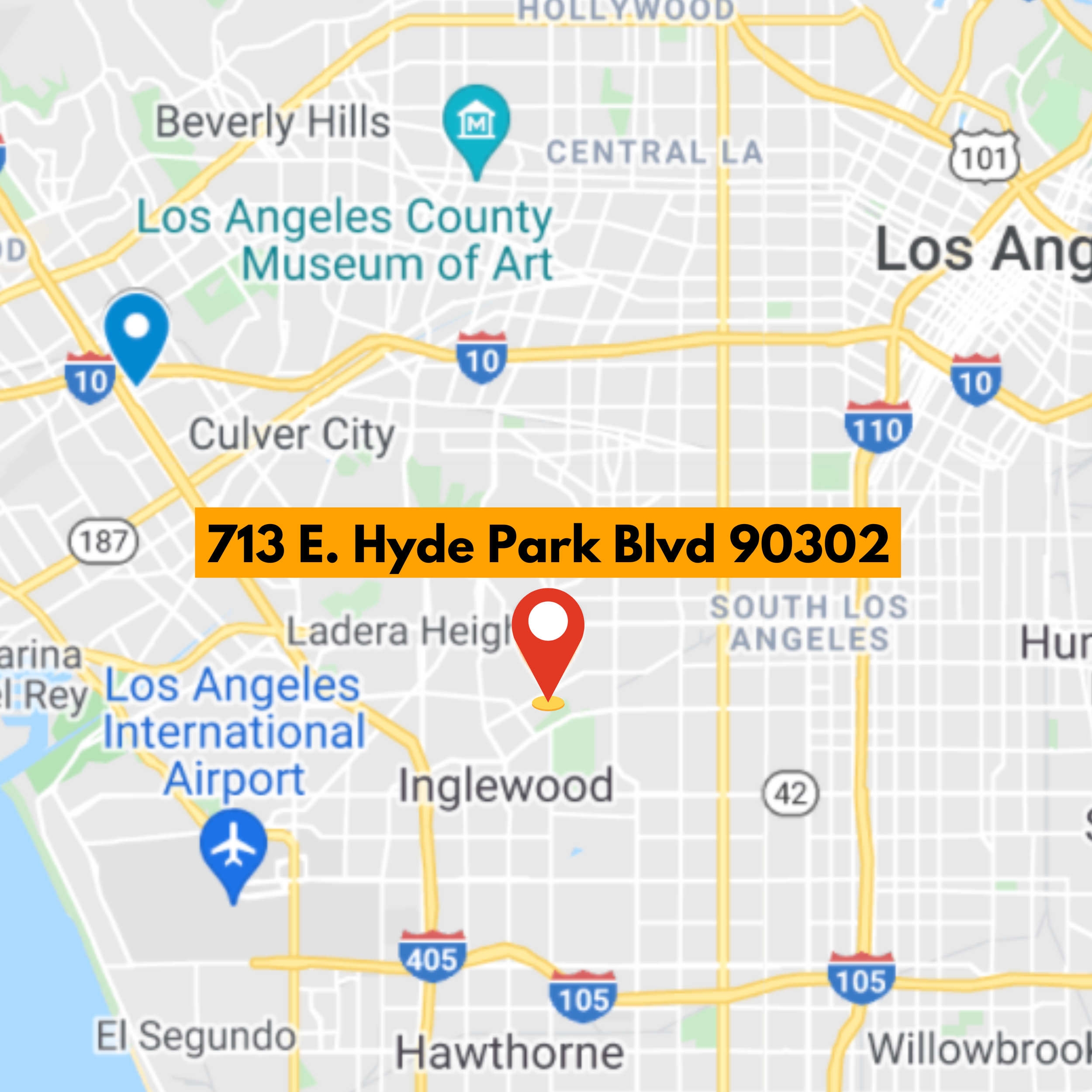What does it mean to be musical?
/I was wondering what to write about in this blog post and I decided to cheat a bit and instead of writing something focused and practical, I would instead do a brain dump. However I will throw the reader a rope by repeatedly asking a focus question throughout so they can hopefully put this brain dump into a useful frame or context. So the focus question is this: What does it mean to be musical? Musicality in terms of Argentine tango dancing has been a long standing interest of mine.
Figure 1: The journey towards the “singularity” or how I stopped worrying and learned to love tango music
Like Alex Krebs says in his interview: “It starts with the ear.” Tango music, especially during the 40’s, was incredibly rich and varied. To an inexperienced dancer, the music is a mystery. It starts, it ends, it goes up and it goes down, becomes busy or slows down. However, with persistent listening you start to hear individual instruments and what they do. Elvino Vadaro’s sweet sweet violin in Orquesta Tipica Victor; Biagi and his successor Polito’s electric piano accents in D’Arienzo’s orchestra; and the weeping bandoneon of Anibal Troilo. But once you start hearing these things in the music, then what do you do?
Most tango dancer’s first encounter with musicality is stepping on the “compas”, or the strong beat. It seems like the dancer joins the orchestra as a percussion instrument in an orchestra that typically does not incorporate percussion instruments. Can you find the beat? Try clapping to the music. The place in the music where it feels natural to clap is where you step, or land. I’ve been wondering lately why the default is to land and not set off on the beat.
The next layer is recognizing that the music comes in pulses. Pulses are also called “phrases”, and usually come in intervals of 8 strong beats (4 bars, 7 steps then a pause). Not always the case though, unless you’re Carlos DiSarli. After this came the realization that there is a structure to tango. A good guide to this is the book by Joaquin Amenabar: Tango: Let’s Dance To The Music . If you have the chance, grab the book and have a read - it’s worth your while. I believe he’s going to be in LA in July sometime; I loved his classes when I took them & highly recommended them.
Aspects of tango music then revealed themselves through interesting rhythmic patterns or accents, which can be made use of in the dance. Again, I have to credit Professor Amenabar who taught me the difference between “false” and “true” traspie in milonga, as well as an introduction to the 332 rhythm. I first came across the 1241 rhythm through one of Homer’s youtube videos; he calls it the KMG or Kiss Me Goodnight rhythm. I further extended my understanding of this rhythmic element during private lessons with Mario Consiglieri & Anabella Diaz-Hojman. The blogger Tango Therapist discusses the vals cruzado which he defines as a counter accent to the dominant vals accent - check out this article as well as this one for more information. Recognition of and more importantly practicing to make use of such rhythmic accents is an invaluable tool in one’s musical toolbox.
The next realization was that different orchestras have different ways of playing or interpreting tango music and that these differences can be used in dancing. For example, playing a legato counter melody low on the fourth string of the violin, in contrast to a highly rhythmic staccato main melody is common in in D’Arienzo’s works, and sometimes in Biagi, Donato and Canaro. Check out Michael Lavocah’s Tango Stories: Musical Secrets - it’s a great overview of the popular Golden Age orchestras and what characterizes them.
The next revelation was that one can group the tango orchestras according to their style and characteristics. This was sparked by a talk by Mandragora Tango The main point is that, although knowing which orchestra is playing could be used to aid in predicting aspects of the music, actually being familiar with these characteristics gives the skill set that can be applied to any orchestra, resulting in a deeper and more nuanced and more present connection to the music
Finally, as I developed my musicality toolbox, it became increasingly possible to connect “feeling” with “dancing”. In the beginning it was expressing this feeling imparted by the music yourself; later it was the ability to impart it to my partner. How one “articulates” a vocabulary becomes a way to express the music, whether it be “kiki” (staccato) or “bouba.” As musicians use different articulations to give character to the notes they play (it is the “how” of playing a note) a dancer can also do the same with vocabulary, following and reflecting the character of the music and more importantly, its emotional content. In addition, for me tango became increasingly analogue instead of digital, and critical to this revelation was the writings of Alex Krebs and the interview of Tete Rusconi on “cadencia.” I don’t really want to talk about this idea here as to do the concept justice I would have to do a separate blogpost on the subject. Nevertheless, I highly recommend that you should go read it for yourself. I am not exaggerating when I say that this was an idea which flipped my dancing on its head and made me reevaluate how I danced.
This is where I am at in my musical journey. Still, I find myself asking, what does it mean to be musical within the context of dancing Argentine Tango? Can you help me? What does “being musical” mean to you when you dance tango?



